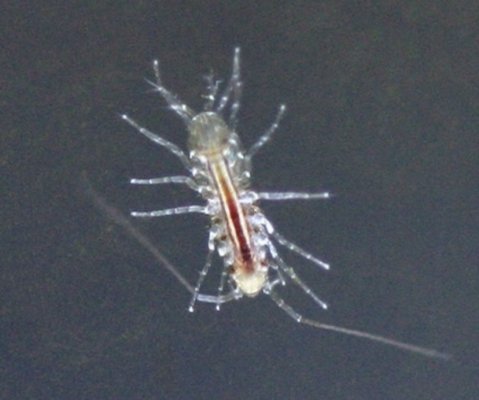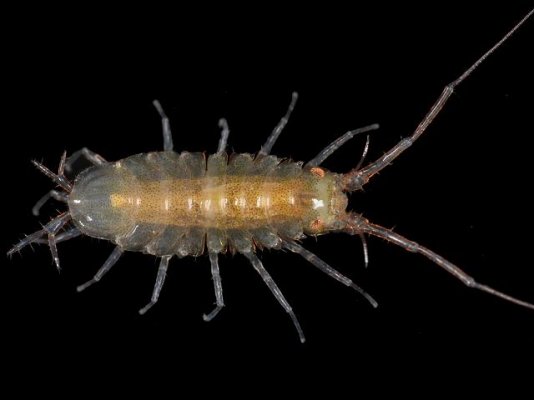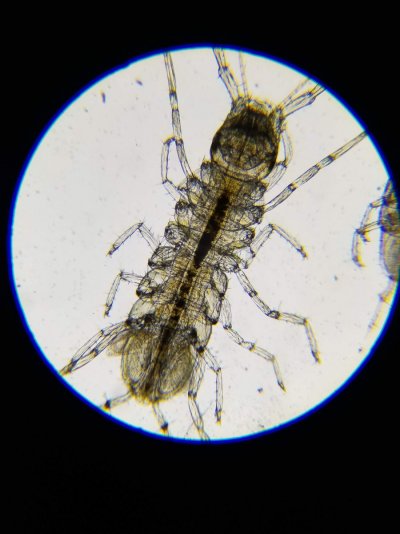I’m doing a personal project where I find the Binomial Nomenclature of every organism in my reef. It’s been going well, up until now. I have these isopods, commonly referred to as “Munnid Isopods” obviously from the Munnidae family; but as for genus and species, I’m at a loss. I’ve checked the Integrated Taxonomic Info System, World Register of Marine Species, Global Biodiversity Info Facility Etc.. this is a shot in the dark— but does anyone have any ideas about Genus? I know this is an odd post, just wasn’t sure where else it would belong 



















